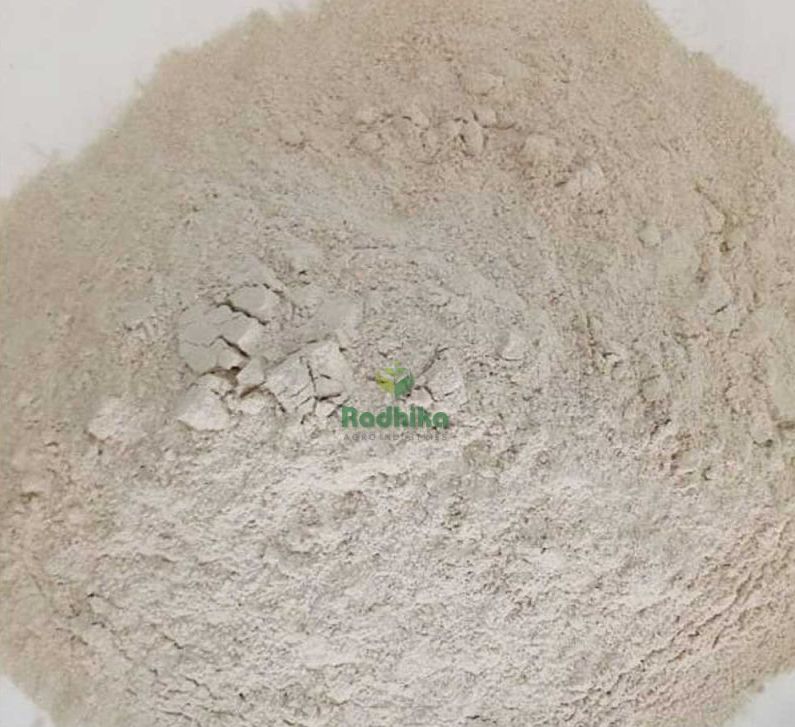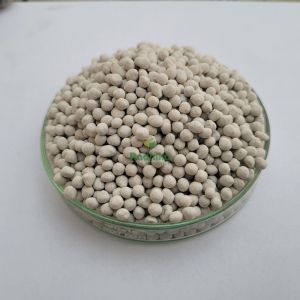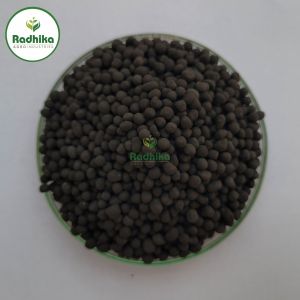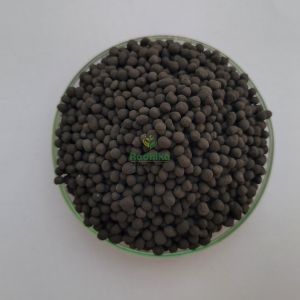| Business Type | Manufacturer, Supplier, Trader |
| Brand Name | RR Green |
| Color | Off White |
| Chemical Formula | CaSO₄·2H₂O |
| Click to view more | |
Product Details
Usage/Application
Agriculture (Soil Conditioner)
Density
The Density Of Agricultural Gypsum Powder Is Typically Around 2.3 Grams Per Cubic Centimeter (g/cm³)
Packaging Type
BOPP Bags
Packaging Size
50 Kg
Country of Origin
India
Form
Fine Powder
Size
100-200 Mesh
Manufactured By
Radhika Agro Industries
Payment Terms
Other
Delivery Time
Same Day or 1 Day
Agricultural gypsum powder is a finely ground form of gypsum, a mineral composed of calcium sulfate dihydrate (CaSO₄·2H₂O). It's commonly used as a soil amendment in agriculture to improve soil structure, nutrient availability, and water management.
- Aggregation: Gypsum helps to aggregate soil particles, creating a more porous structure. This enhances water infiltration, reduces runoff, and promotes better aeration.
- Root penetration: The improved soil structure allows for deeper root penetration, enabling plants to access nutrients and water more effectively.
- Calcium and sulfur: Gypsum provides essential nutrients, calcium and sulfur, which are vital for plant growth and development.
- Nutrient uptake: Gypsum can help to improve the availability of other nutrients, such as phosphorus and potassium, by facilitating their uptake by plant roots.
- Sodium displacement: Gypsum can help to displace sodium ions in the soil, reducing salinity levels. This is particularly beneficial in areas with saline soils, as excessive salinity can hinder plant growth.
- Water infiltration: Gypsum's ability to improve water infiltration can help to reduce water loss through runoff and deep percolatio
- Drought tolerance: By enhancing water retention and availability, gypsum can help plants to better withstand drought conditions.
- Aggregation: The aggregated soil structure helps to prevent the formation of hard crusts on the soil surface, which can hinder seedling emergence and reduce water infiltration.
- Reducing erosion: Gypsum can help to reduce soil erosion by improving soil stability and water infiltration.
- Improving soil fertility: Gypsum can contribute to overall soil fertility by providing essential nutrients and improving soil structure.
Looking for "Agricultural Gypsum Powder" ?
Ton








